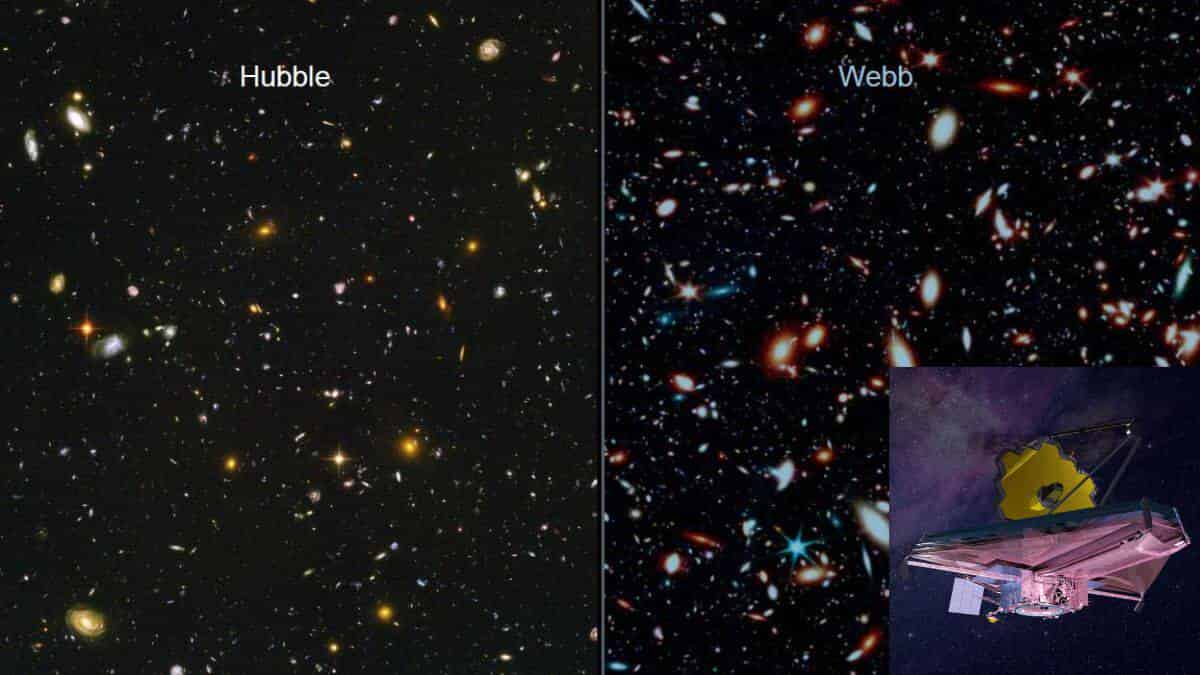Astronomers looking for primitive galaxies to understand their evolution with the help of JWST

Astronomers are figuring out how to spot the formation of early stars and galaxies right after the Big Bang. They are certain that data derived from telescopes in space and on Earth including the new highly powerful James Webb Space Telescope could help them in this research.
Astronomers say that the Big bang is the most mysterious and critical event in the cosmos as it gave birth to the first stars made out of hydrogen and helium. These primitive stars died forming supernonae and giving rise to the next generation of stars. After the Big Bang, the universe was reionized to gave rise to the sources of light from dark and dense primordial gas.
Astronomers are curious about the birth and role of primitive stars and galaxies in the universe. As NASA’s new James Webb Space Telescope released pictures containing galaxies that formed 1 billion years after the Big bang, scientists are looking to discover primitive star formations with its help. They say that the telescope is designed to detect the earliest elements that made up the galaxies.
An astrophysicist of NASA Jane Rigby said while describing the images produced by the Webb telescope, “This is how the oxygen in our bodies was made — in stars in galaxies. And we’re seeing that process get started.”
According to one theory, early galaxies were formed from a massive cloud of gas and dust collapsing on themselves which then created dense clouds that initiated a slow spin. Another theory stated that smaller masses of gas and dust merged to form larger galaxies and clusters stayed together with immense gravitational force.
A radio astronomer of the National Science Foundation’s ALMA observatory said, “Galaxy formation is just a messy process. It’s more like weather.” According to data from the ALMA observatory, the primitive galaxies were primarily made up of gas rather than stars about 10 billion years ago. However, scientists also elaborated that galaxies and star-forming activities change over time.
The Webb telescope measured the presence of oxygen, neon, and hydrogen used during the formation of the galaxies almost 13.1 billion years prior with its deep field image. An astrophysicist from Harvard said, “The spectra are the astronomer’s equivalent of the DNA swabs. What the galaxies were up to is encoded in their light.”
Reportedly astronomers and scientists are right now comparing the properties of gas in galaxies in order to predict how the interstellar medium changed with time to analyze the formation of primitive stars and galaxies. The Webb telescope will be used to understand the evolution of galaxies better in the coming years.


